|
Cowichan Bay is in the southern part of Vancouver Island about an hour north of Victoria . It's in Canada's only maritime Mediterranean climatic zone, home to the warmest year–round temperatures in all the provinces.  Every November, Sea lions come to Cowichan Bay, BC to feed on the coho salmon that are making their way back to their spawning grounds at the Cowichan and Koksilah Rivers. Both the California and Steller sea lions gather in large numbers at the dock in town. They're quite social animals. You'll often see them piled on top of each other and consistently staying close to one another. Male Steller sea lions can reach a height of 3 meters, and can weigh up to 800 kg (1,763 lbs). The big guys can consume up to 16 kg (35 lbs) of fish daily. This is the Burnside Gorge Community Mural in
Victoria, BC entitled "Bridging" by artist, Frank Lewis. Scenes below are from a walk through Witty's Lagoon twenty minutes outside of Victoria, British Columbia. The magnificence here, and all around Vancouver Island, can't be overstated. It's a visual feast that constantly sets all of the senses on high, if not overload. The smells are tantalizing and can be intoxicating. Birds sing and chat and fly in and out of the thick vegetation. Water is abundant whether it's the ocean, a lake, a stream, a bay or a lagoon. I've often described a forest as a remarkable and glorious art gallery. This area would be the equivalent of the Louvre or the Guggenheim or Uffizi Gallery. But unlike brick and mortar galleries, here the art is ever shifting. Each step presents a thousand works of art. No matter your preference, whether you like textures, colors, or shapes, you can find endless pieces of work that constantly change under the changing light and moisture. Things can be shiny, velvety, coarse, rough, silky, and new or old. Maple leaves are larger than dinner plates. Some trees are 95 meters (over 300 feet) and 18 meters (60 feet) in diameter and maybe as much or more than a 1000 years old. ENLARGE EACH ONE BY CLICKING ON THE IMAGE
The Trumpeter Swans are all white with black beaks and the Mute swan has the orange beak. Swans mate for life and if the female dies after the babies are born, the male will continue, and quite aptly, caring for his young. Centuries ago, swans represented nobility and only the very wealthy could afford to own swans. Around the year 1189, the Mute swan became known as the Royal bird in England. By 1483, several Acts of Parliament started restricting the ownership of swans along the Thames to protect their exclusivity status. It meant only people with a certain level of income could own swans. One act designated swan ownership to people with freehold estate of at least five marks a year. In other words, commoners were prohibited from owning the regal bird. To track ownership of the birds, people had to purchase a "swan mark" at a pricey six shillings. The mark, like branding a cow, was made by carving specific, identifying marks into the beak of their swan. The marks were recorded in writing. Anyone caught making counterfeit marks or defacing a beak could be sentenced up to a year in prison and/or charged a hefty fine.
In Britain, an Act of Parliament was passed in 1843 stating that only the British Crown could possess any or all swans on open waters. Swans are given as gifts all around the world in the name of The Monarch. The King or Queen could also grant someone else the right to own them. Under the 1981 Wildlife and Countryside Act, Mute swans are protected, which makes it illegal to keep the birds and kill them. In the United States, the beautiful Mute swans have been labeled by Federal and state wildlife officials as invasive, aggressive and non-native swans and as a result thousands have been killed. Here's one article explaining one side of the controversy. For more information reach out to Sheila Bolin is CEO of The Regal Swan Foundation, Inc. and learn more at www.theregalswan.com This was my first time to see one of these slugs. There were three on a moss covered tree that I was photographing this morning.
"Some pretty cool inventions were inspired by slug slime. By studying the versatile properties of this goo, scientists have created new surgical glues for medical procedures. Another group of engineers have built slug-inspired greenhouses that use slime insulation to store and release water, much like the banana slug’s mucus-coated body. This is a species of slug - one of the slowest species on the planet, with an average speed of 6.5 inches per minute -- is found on the Pacific coast of North America. It is the second-largest species of terrestrial slug in the world, growing up to 25 centimeters long (9 inches). They play a big role in our ecosystems each autumn by helping to break down fallen leaves, making way for new growth in the understory in spring. They are the forest floor clean-up crew. By chewing on dead organic matter, including fallen leaves, moss, and animal droppings, these native detritivores recycle nutrients." ~ SOURCE This is located in the Bilston Creek Watershed. The lagoon is formed where the fresh water meets the salt water. I've only explored the path through an old growth forest to the ocean. This is all but down the road from where I'm staying in the Metchosin area outside of Victoria, BC. It wasn't crowded and the Autumn weather continues with a little rain here and there.
|
BEST VIEWED ON A COMPUTER AND NOT A PHONE.
Betsy SeetonNavigating life Archives
May 2023
“In a forest of a
hundred thousand trees, no two leaves are alike. And no two journeys along the same path are alike.” ~ Paulo Coelho Categories
All
|

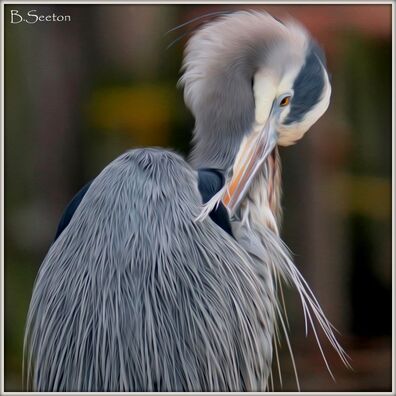










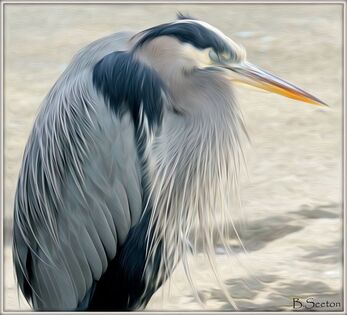












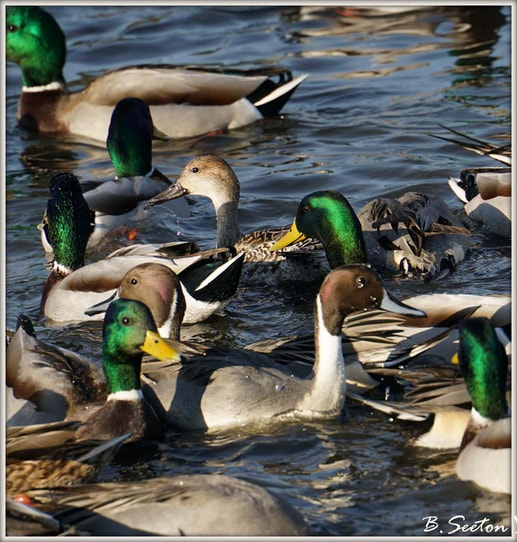





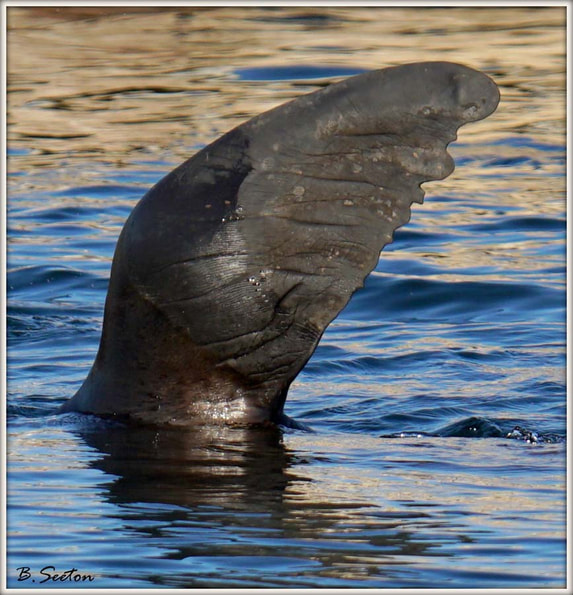









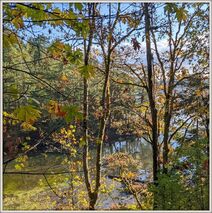
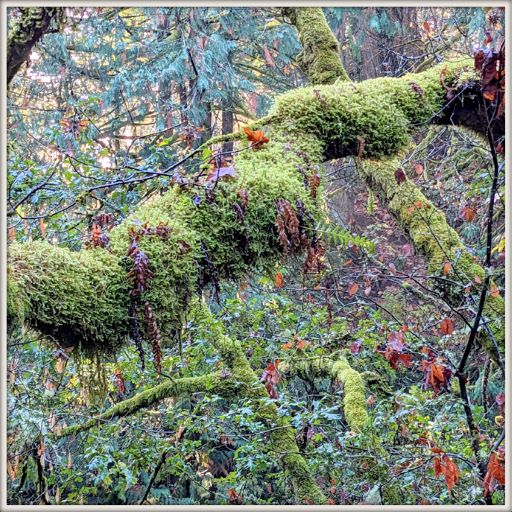



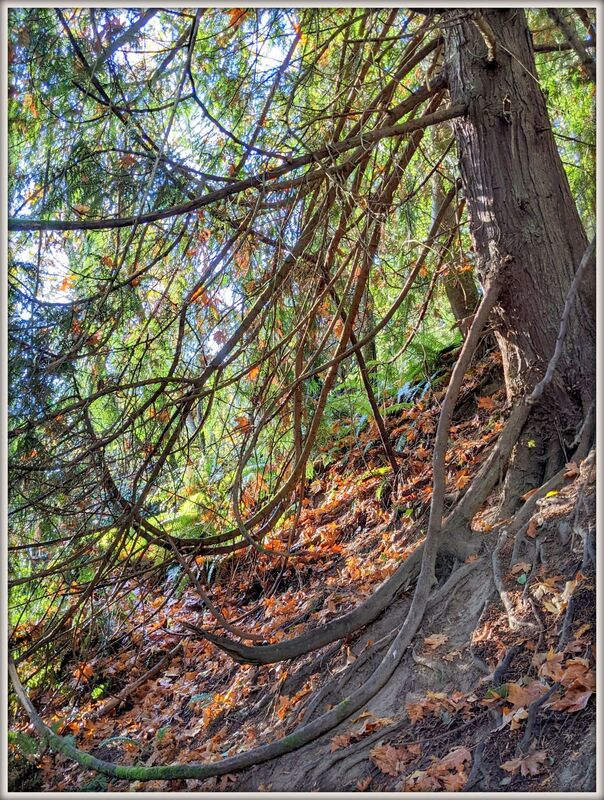
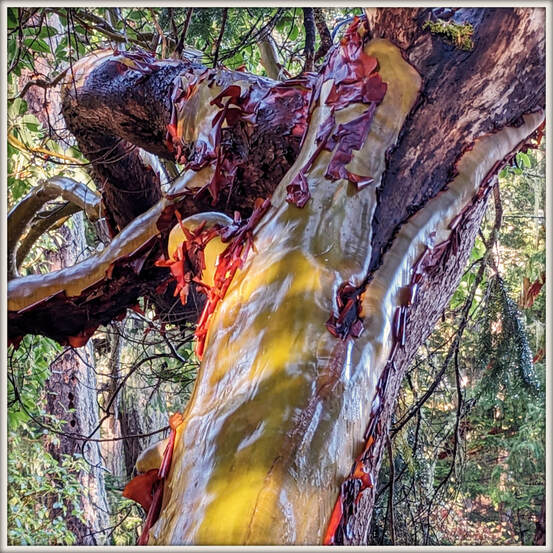

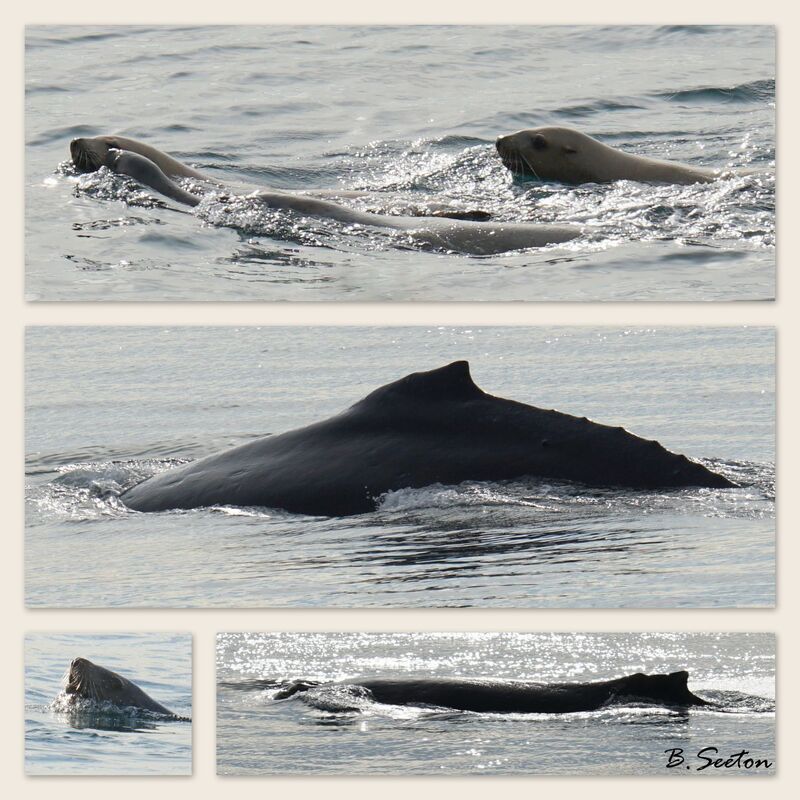





























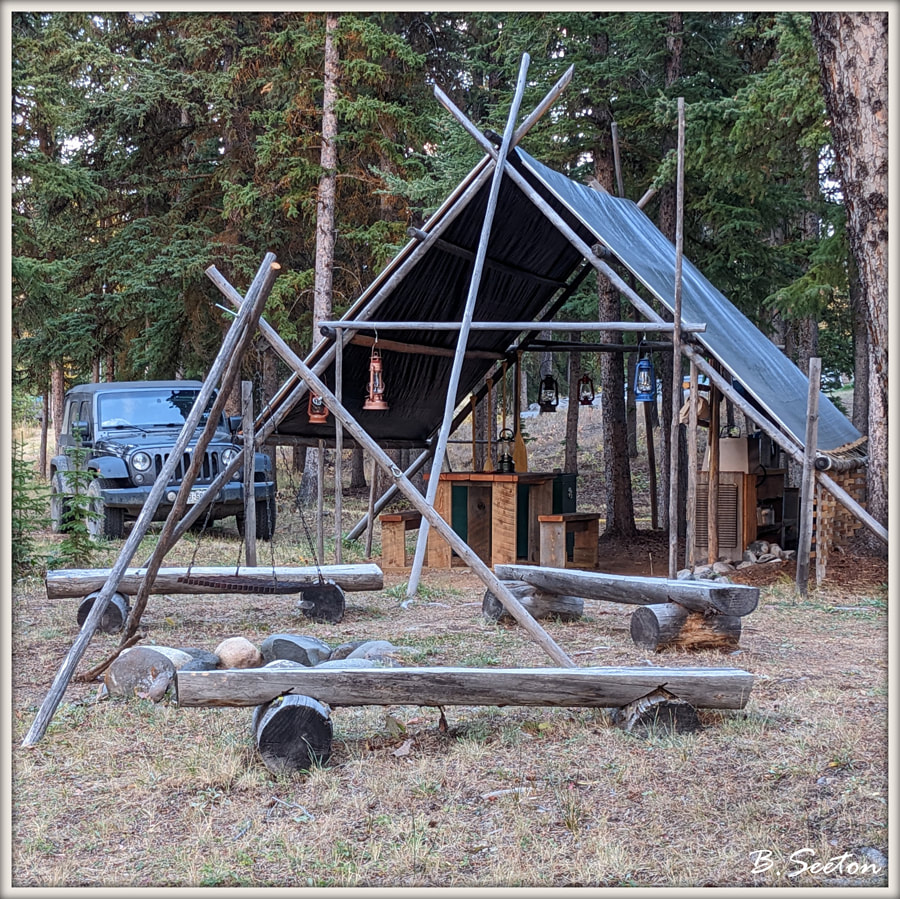



 RSS Feed
RSS Feed
